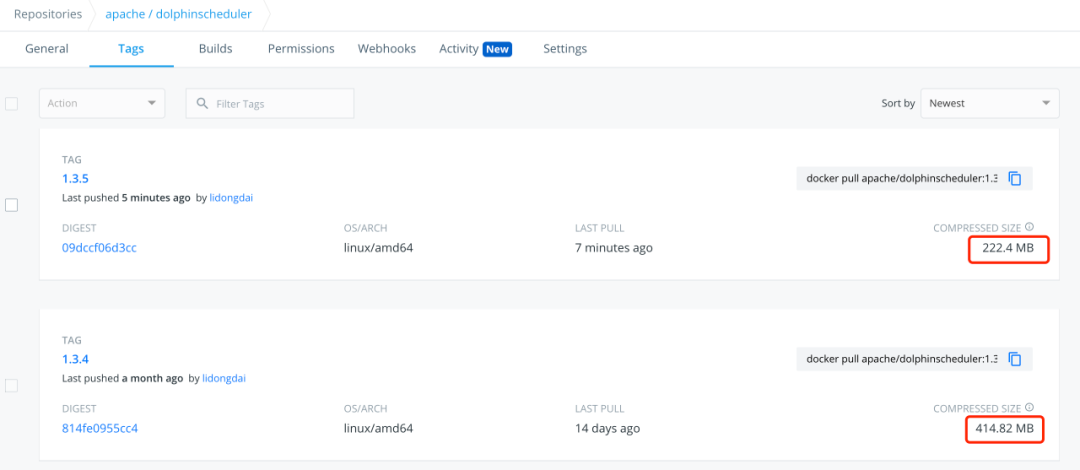I successfully deployed a .NET Core Console Application to my Windows IoT running on a Raspberry Pi 3.
The application pulls data from a webservice and stores them in a database. I used Entity Framework Core for that.
When I start the deployed console application (.exe) through the remote powershell everything works except the access to my database running on Azure. When the application tries to read from the database it throws the following exception:
System.TypeInitializationException: The type initializer for 'System.Data.SqlClient.TdsParser' threw an exception. ---> System.TypeInitializationException: The type initializer for 'System.Data.SqlClient.SNILoadHandle' threw an exception. ---> System.DllNotFoundException: Unable to load DLL 'sni.dll': The specified module could not be found. (Exception from HRESULT: 0x8007007E)
at System.Data.SqlClient.SNINativeMethodWrapper.SNIInitialize(IntPtr pmo)
at System.Data.SqlClient.SNILoadHandle..ctor()
at System.Data.SqlClient.SNILoadHandle..cctor()
--- End of inner exception stack trace ---
at System.Data.SqlClient.TdsParser..cctor()
--- End of inner exception stack trace ---
at System.Data.SqlClient.TdsParser..ctor(Boolean MARS, Boolean fAsynchronous)
at System.Data.SqlClient.SqlInternalConnectionTds.LoginNoFailover(ServerInfo serverInfo, Boolean redirectedUserInstance, SqlConnectionString connectionOptions, TimeoutTimer timeout)
at System.Data.SqlClient.SqlInternalConnectionTds.OpenLoginEnlist(TimeoutTimer timeout, SqlConnectionString connectionOptions, Boolean redirectedUserInstance)
at System.Data.SqlClient.SqlInternalConnectionTds..ctor(DbConnectionPoolIdentity identity, SqlConnectionString connectionOptions, Object providerInfo, Boolean redirectedUserInstance, SqlConnectionString userConnectionOptions, SessionData reconnectSessionData, Boolean applyTransientFaultHandling)
at System.Data.SqlClient.SqlConnectionFactory.CreateConnection(DbConnectionOptions options, DbConnectionPoolKey poolKey, Object poolGroupProviderInfo, DbConnectionPool pool, DbConnection owningConnection, DbConnectionOptions userOptions)
at System.Data.ProviderBase.DbConnectionFactory.CreatePooledConnection(DbConnectionPool pool, DbConnection owningObject, DbConnectionOptions options, DbConnectionPoolKey poolKey, DbConnectionOptions userOptions)
at System.Data.ProviderBase.DbConnectionPool.CreateObject(DbConnection owningObject, DbConnectionOptions userOptions, DbConnectionInternal oldConnection)
at System.Data.ProviderBase.DbConnectionPool.UserCreateRequest(DbConnection owningObject, DbConnectionOptions userOptions, DbConnectionInternal oldConnection)
at System.Data.ProviderBase.DbConnectionPool.TryGetConnection(DbConnection owningObject, UInt32 waitForMultipleObjectsTimeout, Boolean allowCreate, Boolean onlyOneCheckConnection, DbConnectionOptions userOptions, DbConnectionInternal& connection)
at System.Data.ProviderBase.DbConnectionPool.TryGetConnection(DbConnection owningObject, TaskCompletionSource`1 retry, DbConnectionOptions userOptions, DbConnectionInternal& connection)
at System.Data.ProviderBase.DbConnectionFactory.TryGetConnection(DbConnection owningConnection, TaskCompletionSource`1 retry, DbConnectionOptions userOptions, DbConnectionInternal oldConnection, DbConnectionInternal& connection)
at System.Data.ProviderBase.DbConnectionInternal.TryOpenConnectionInternal(DbConnection outerConnection, DbConnectionFactory connectionFactory, TaskCompletionSource`1 retry, DbConnectionOptions userOptions)
at System.Data.ProviderBase.DbConnectionClosed.TryOpenConnection(DbConnection outerConnection, DbConnectionFactory connectionFactory, TaskCompletionSource`1 retry, DbConnectionOptions userOptions)
at System.Data.SqlClient.SqlConnection.TryOpen(TaskCompletionSource`1 retry)
at System.Data.SqlClient.SqlConnection.Open()
at Microsoft.EntityFrameworkCore.Storage.RelationalConnection.Open()
at Microsoft.EntityFrameworkCore.Query.Internal.QueryingEnumerable.Enumerator.BufferlessMoveNext(Boolean buffer)
at Microsoft.EntityFrameworkCore.Storage.Internal.SqlServerExecutionStrategy.Execute[TState,TResult](Func`2 operation, Func`2 verifySucceeded, TState state)
at Microsoft.EntityFrameworkCore.ExecutionStrategyExtensions.Execute[TState,TResult](IExecutionStrategy strategy, Func`2 operation, TState state)
at Microsoft.EntityFrameworkCore.Query.Internal.QueryingEnumerable.Enumerator.MoveNext()
at Microsoft.EntityFrameworkCore.Query.QueryMethodProvider.<_ShapedQuery>d__3`1.MoveNext()
at System.Linq.Enumerable.TryGetFirst[TSource](IEnumerable`1 source, Boolean& found)
at System.Linq.Enumerable.First[TSource](IEnumerable`1 source)
at lambda_method(Closure , QueryContext )
at Microsoft.EntityFrameworkCore.Query.Internal.QueryCompiler.<>c__DisplayClass20_0`1.<CompileQueryCore>b__0(QueryContext qc)
at Microsoft.EntityFrameworkCore.Query.Internal.QueryCompiler.Execute[TResult](Expression query)
at Microsoft.EntityFrameworkCore.Query.Internal.EntityQueryProvider.Execute[TResult](Expression expression)
at System.Linq.Queryable.First[TSource](IQueryable`1 source)
There is no 'sni.dll' in the application folder.
Deployed the application using the 'win8-arm' runtime.
- netcoreapp2.0
- .NET Core 2.0 SDK (Runtime and tooling)
Any ideas what's wrong?
Update:
Copying the System.Data.SqlClient.dll (unix lib) and overriding the existent one in the application folder solved the issue. See answer below.

